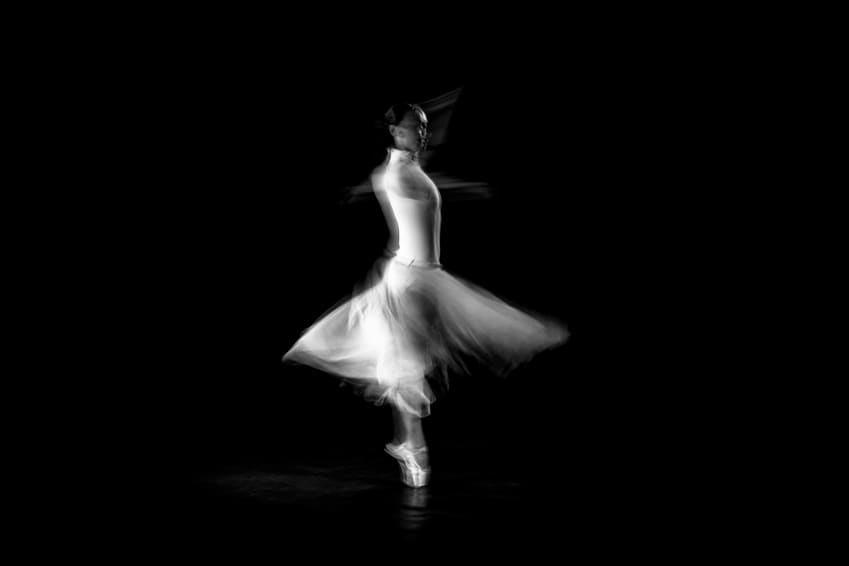Traction alopecia is a type of hair loss, suffered from pulling or securing the hair too tightly in one spot. This condition is also commonly referred to as “ballerina baldness.”
Consider the severe, tight buns that ballerinas are famous for wearing, and you’ll understand why. Traction alopecia can take years to develop, but typically causes permanent hair loss.
There are many reasons why we lose our hair. Hair loss can be the result of a poor diet, health conditions, stress, age and many other natural causes. Hair loss also tends to run in families, as do many of the health conditions that can lead to hair loss.
What is traction alopecia
Here’s a great explanation from the video blog, GlamFam, to tell you all about it.
Though some causes of hair loss such as alopecia areata (common baldness) are permanent, many others are not. Stress-related hair loss can often be reversed by better managing stress. Dietary concerns such as iron deficiency can lead to hair loss, but this can also be combated by taking iron supplements or adopting a more iron-rich diet.
Is traction alopecia reversible?
Unfortunately, traction alopecia is not a temporary or reversible hair loss condition. This condition is particularly devastating for women, who tend to place more value on their physical beauty. Traction alopecia can take months, or even years, to develop. Once it occurs, however, the condition is permanent.
What causes traction alopecia?
Traction alopecia is caused by pulling the hair tightly into braids, ponytails or other secured styles. Especially if hair is left in these styles for extended periods of time, the stress on the hair follicle becomes overwhelming.
The hair loss begins slowly, in the area where the hair is pulled the most tightly. This is usually the hair closest to the hairline for ponytails or tight French braids. The hairline in these areas will begin to look uneven over time, and then bald spots may begin to form.
Those who wear hair extensions or falls, especially in the case of braided ethnic hair, can suffer from traction alopecia all over the scalp. Unlike a ponytail that only stresses hair in a few areas, wearing extensions or sewn-in “tracks” can add weight and pressure to nearly every hair on the scalp. For this reason, letting hair “breathe” for up to a few between extension styling appointments is recommended.
Is there a cure for traction alopecia?
Traction alopecia is different than the baldness most commonly associated with aging males. Unlike alopecia areata, traction alopecia is considered a “scarring” baldness due to the damage incurred by the hair follicles. This scarring makes the condition more resistant to hair regrowth treatments such as Rogaine and other minoxidil treatments.
Hair transplants may be required to replace hair in areas affected by traction alopecia. This procedure takes hair from unaffected areas on your own scalp and transplants the follicles to the scarred and/or hairless areas.
Sometimes multiple procedures are necessary before results can be seen, and such procedures are not guaranteed to work – even on non-scarring alopecia. Since hair transplants are typically considered to be a form of cosmetic surgery and not medically necessary, most health insurance companies don’t cover the treatment, but patients often find, it is worth the investment.
How do you prevent traction alopecia?
Though traction alopecia can be devastating to suffer from, the precautions to prevent it are simple. Don’t tie hair tightly, especially for extended periods of time. Avoid using hair extensions that need to be braided, tied, or sewn into the hair.
Kayley Melissa
Secure ponytails and braids with ribbons and forgiving hair clips in favor of tight hair elastics. If you’re required to wear your hair pulled back for work or other activities, be sure to let your hair loose when you’re finished. If your scalp feels sore or tight when pulling your hair back, thread your fingers into the scalp and pull outward to loosen the hair.
If you need a video to show you some preventive techniques, check out video blogger, Kayley Melissa for a fun demo…
If you suffer from traction alopecia, it may be worth visiting a qualified doctor who can advise you on treatment options.



















